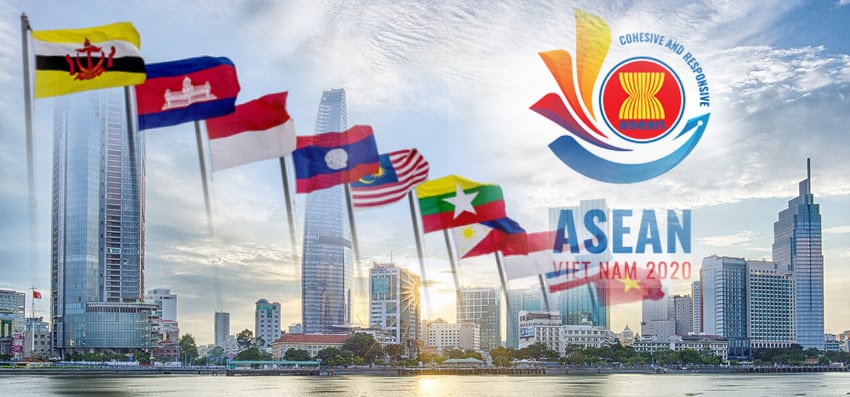What does ASEAN stand for?
The Association of Southeast Asian Nations (ASEAN).
When was ASEAN formed?
ASEAN was formed on the 8th of August 1967 in Bangkok, Thailand.
Who are the members of ASEAN?
The founding members consist of 5 countries namely Indonesia, Malaysia, Philippines, Singapore, and Thailand. Today, with the inclusion of Brunei Darussalam, Vietnam, Lao PDR, Myanmar, and Cambodia between 1984 to 1999, ASEAN now has a total of 10 members.
Why was ASEAN set up?
ASEAN was set up to promote economic growth, social progress, and cultural development among the Southeast Asian countries. By working together closely, ASEAN aims to achieve regional peace and stability.
What is the combined market size of ASEAN?
With a total population of approximately 650 million and a combined GDP of around $2.8 million, this is a market you won’t want to ignore.
What are the challenges faced when entering the ASEAN market?
However, this lucrative region is not one that is easy to navigate.
Unlike the EU, ASEAN is still struggling to be seen as a unified market.
With 10 countries of such diverse cultures, languages, and ways of life, there is no such thing as a one-size-fits-all solution when it comes to marketing in this region. One thing is for sure though, ASEAN is definitely an emerging market as a region.
Of course, there are many factors to consider when marketing in ASEAN. But since our expertise lies in the linguistic area, our recommendation here would be skewed towards accomplishing multilingual communications in this region.
Can you use only English to traverse all markets in ASEAN?
Is using English enough for you to traverse all markets in ASEAN?
The simple and straightforward answer is a resounding “NO”.
Although English is still the global business language, for now, English is not officially used in all countries in ASEAN.
What are the official languages of the different ASEAN countries?
Let’s just look at the official languages of the different countries in ASEAN:
Brunei Darussalam – Bahasa Malay
Cambodia – Khmer
Indonesia – Bahasa Indonesia
Laos – Laotian
Malaysia – Bahasa Malaysia
Myanmar – Burmese
Philippines – Tagalog, English
Singapore – English, Chinese, Malay, Tamil
Thailand – Thai
Vietnam – Vietnamese
From the list above, you will see that there is no such thing as a common language when it comes to marketing in ASEAN.
What to look out for when targeting the ASEAN market?
Although most of the countries do offer English as a second or third language in their education system apart from Singapore, Malaysia, and the Philippines, most tend to be more mono-linguistic.
In most of the ASEAN countries, it is also mandatory to produce documentation of products in the countries’ official languages for the import to be approved. This is only the first hurdle.
Once that is done, the marketing of your products and services to your end consumer must also be in their language for you to gain acceptance quickly. If you include the localisation of your products and services for the local consumer, the task can be rather daunting, not to mention expensive.
Why is Lingua Technologies International your best translation partner to enter the ASEAN market?
Here at Lingua Technologies International, we can help you with your multilingual communication needs when it comes to marketing in ASEAN.
Our policy of only using native linguists based in their home countries gives us an edge over our competitors. With our ISO 17100 certification, a global standard to control the quality of translation and the process of translation, you know that you are in good hands.
Contact us today at inquiry@translationsingapore.com or call us immediately at +65 65760138 for a discussion. It will be a decision that will save you a lot of trouble and costs.

